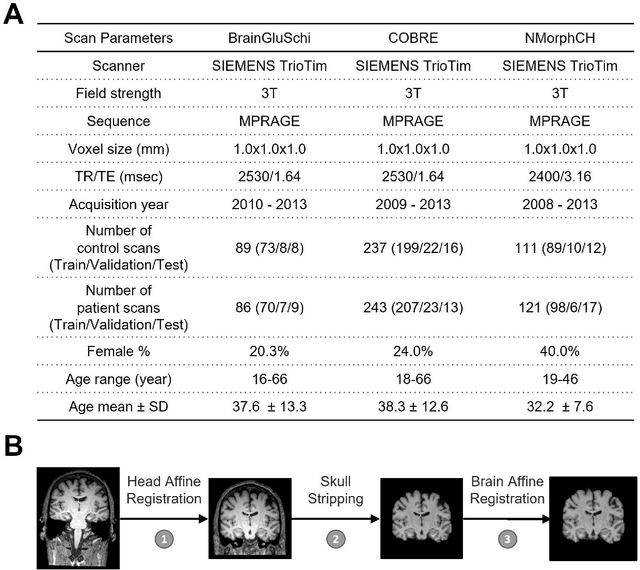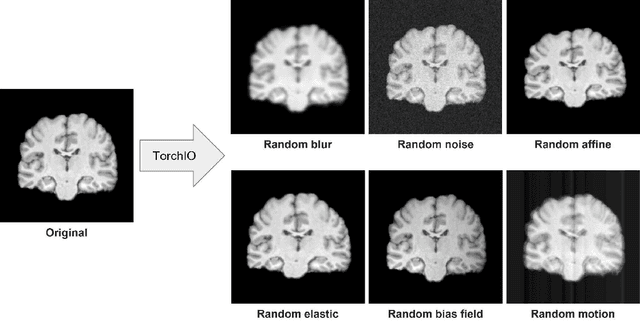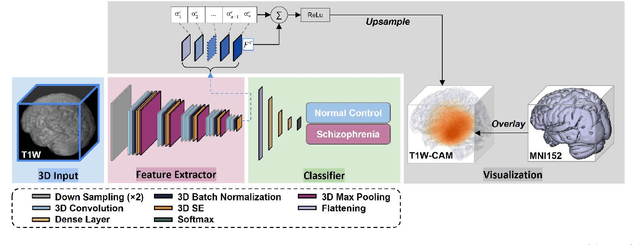Lawrence S. Kegeles
Q-MRS: A Deep Learning Framework for Quantitative Magnetic Resonance Spectra Analysis
Aug 28, 2024Abstract:Magnetic resonance spectroscopy (MRS) is an established technique for studying tissue metabolism, particularly in central nervous system disorders. While powerful and versatile, MRS is often limited by challenges associated with data quality, processing, and quantification. Existing MRS quantification methods face difficulties in balancing model complexity and reproducibility during spectral modeling, often falling into the trap of either oversimplification or over-parameterization. To address these limitations, this study introduces a deep learning (DL) framework that employs transfer learning, in which the model is pre-trained on simulated datasets before it undergoes fine-tuning on in vivo data. The proposed framework showed promising performance when applied to the Philips dataset from the BIG GABA repository and represents an exciting advancement in MRS data analysis.
Detecting Schizophrenia with 3D Structural Brain MRI Using Deep Learning
Jul 07, 2022



Abstract:Schizophrenia is a chronic neuropsychiatric disorder that causes distinct structural alterations within the brain. We hypothesize that deep learning applied to a structural neuroimaging dataset could detect disease-related alteration and improve classification and diagnostic accuracy. We tested this hypothesis using a single, widely available, and conventional T1-weighted MRI scan, from which we extracted the 3D whole-brain structure using standard post-processing methods. A deep learning model was then developed, optimized, and evaluated on three open datasets with T1-weighted MRI scans of patients with schizophrenia. Our proposed model outperformed the benchmark model, which was also trained with structural MR images using a 3D CNN architecture. Our model is capable of almost perfectly (area under the ROC curve = 0.987) distinguishing schizophrenia patients from healthy controls on unseen structural MRI scans. Regional analysis localized subcortical regions and ventricles as the most predictive brain regions. Subcortical structures serve a pivotal role in cognitive, affective, and social functions in humans, and structural abnormalities of these regions have been associated with schizophrenia. Our finding corroborates that schizophrenia is associated with widespread alterations in subcortical brain structure and the subcortical structural information provides prominent features in diagnostic classification. Together, these results further demonstrate the potential of deep learning to improve schizophrenia diagnosis and identify its structural neuroimaging signatures from a single, standard T1-weighted brain MRI.
 Add to Chrome
Add to Chrome Add to Firefox
Add to Firefox Add to Edge
Add to Edge